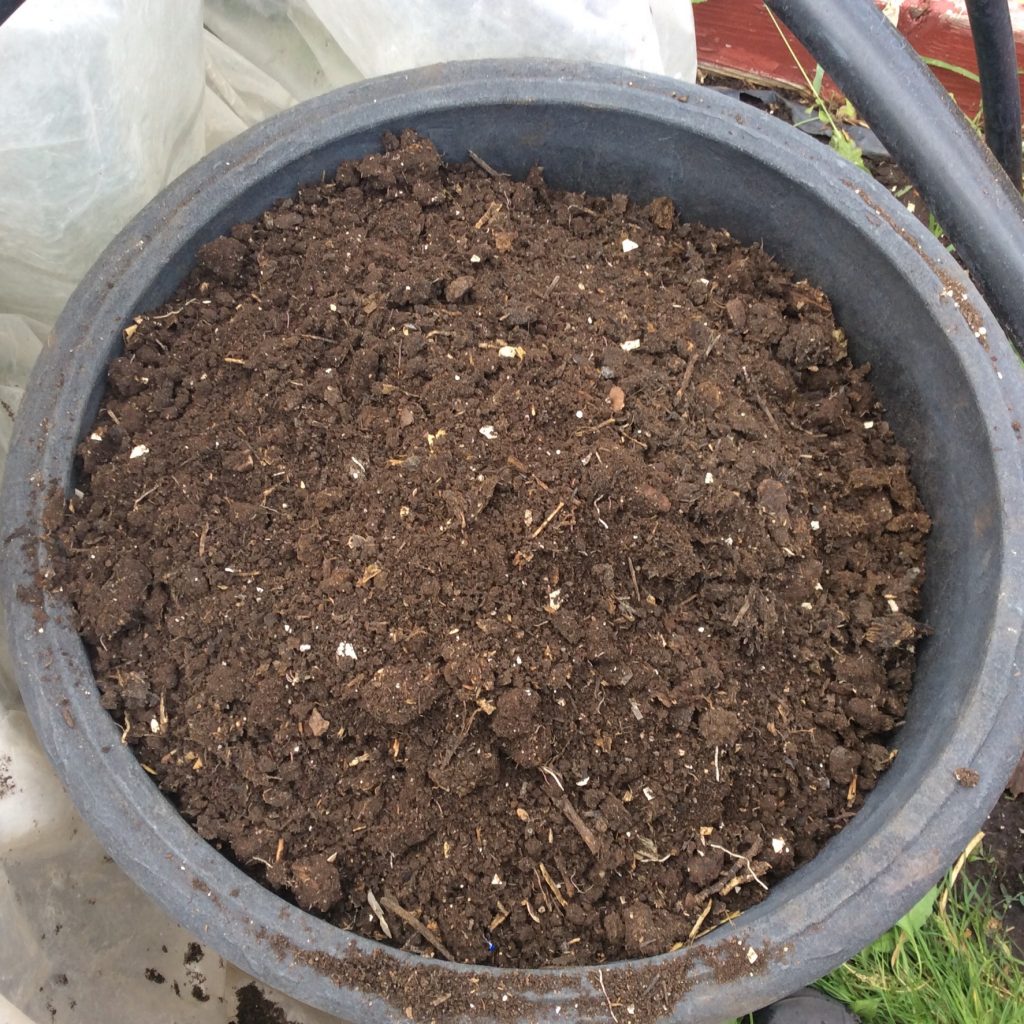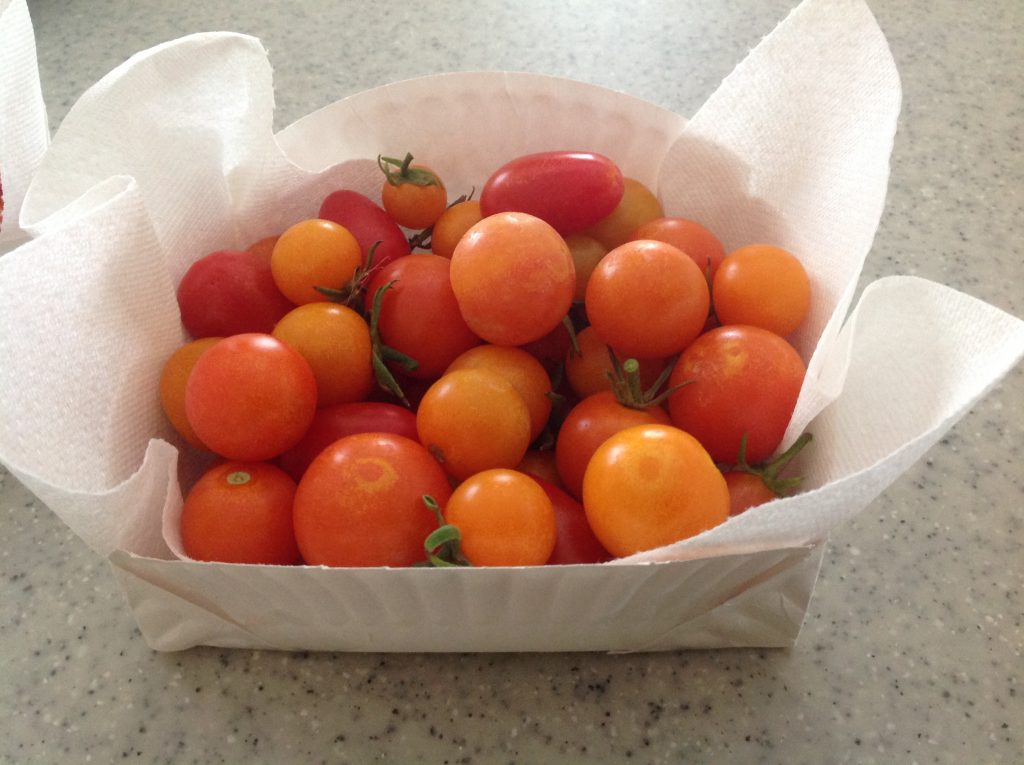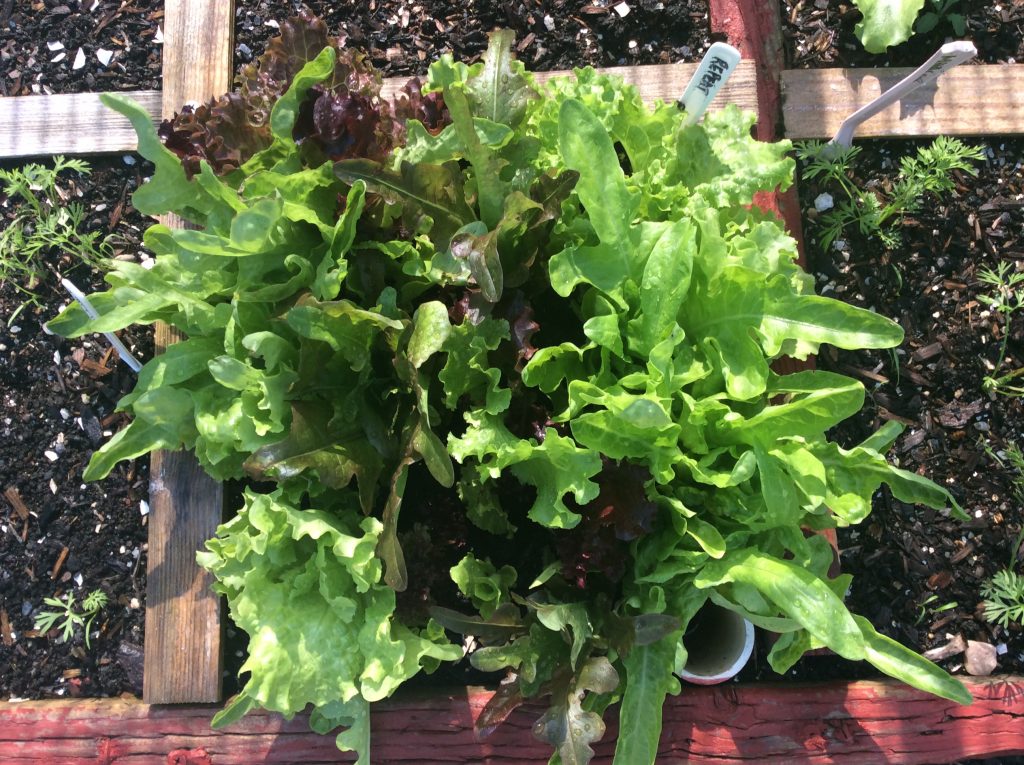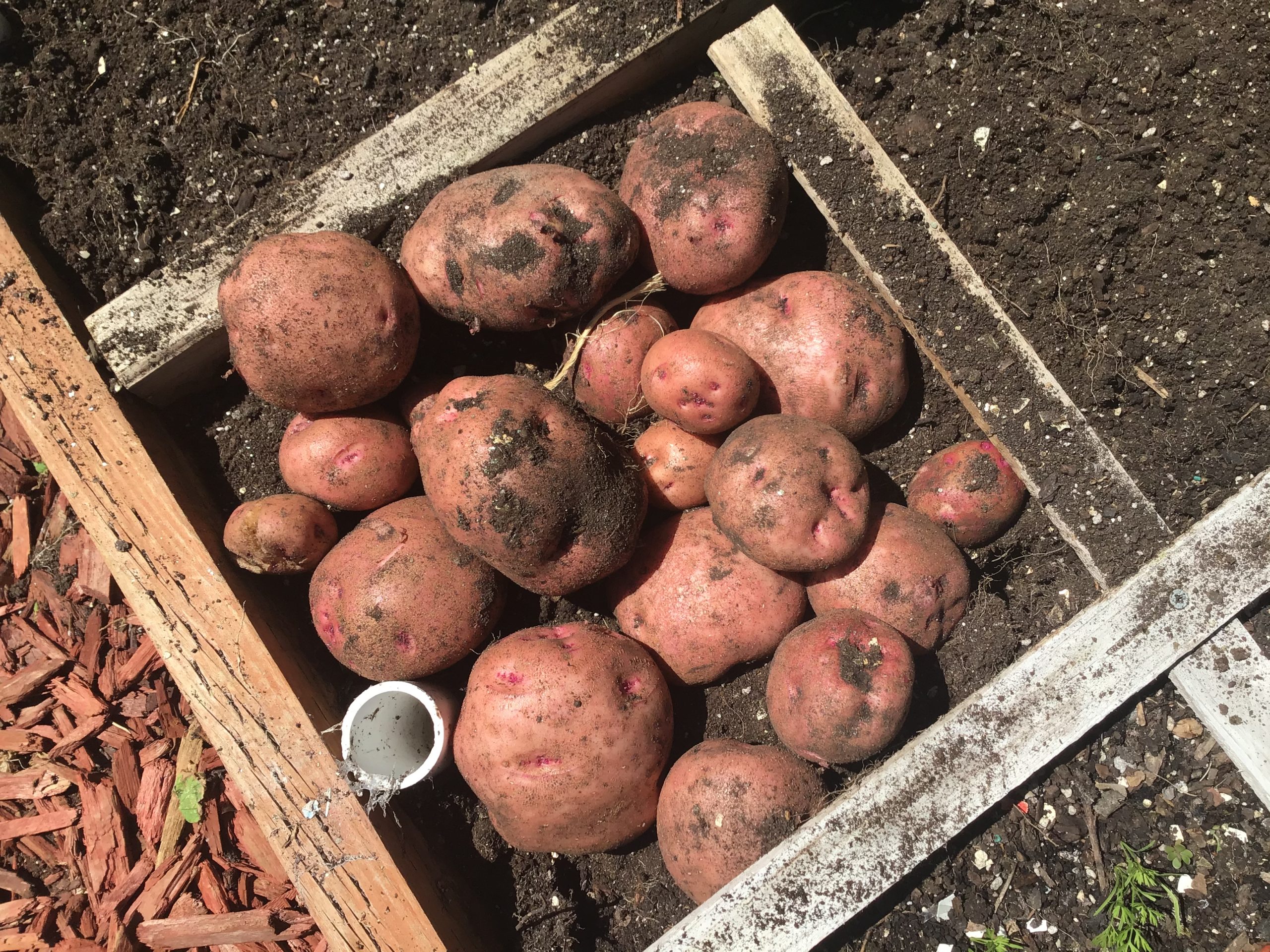 I’m almost done making compost for the year. There’s one more unit that should be done in the next 3-4 weeks which will easily leave me with enough compost for winter and next spring.
I’m almost done making compost for the year. There’s one more unit that should be done in the next 3-4 weeks which will easily leave me with enough compost for winter and next spring.
When you learn how to make your own compost with free material coming out of your kitchen and yard you’ll realize that you can’t buy it as good as you can make it. Its an easy process and when done correctly only takes 6 weeks to produce. You have to work it every day, but the end result is excellent.
The time to make and complete a batch of compost is quickly coming to an end for the year in our zone. In a matter of weeks the first frost and cold weather arrives. For me, this marks the time when I no longer will add any water to the compost bin, and I’ll use the winter months to do nothing but collect greens. In fact, when I fill my other bin with greens, shrub clippings, and leaves, I wont add any water at all.
Here’s something you can do right now. Bag, collect, and keep your leaves! As many as you can! This is used for a brown ingredient, which is difficult to find in the quantities you need when spring gets here. We usually have no problem collecting the greens, but brown material is the challenge. Make sure you cover them up. Don’t let moisture get into the small opening. It will mat things down and make a big mess.
By doing this you’ll be set up to have success next spring. You won’t have to go hunting around for brown material because you’ll already have it.[ois skin=”3″]


